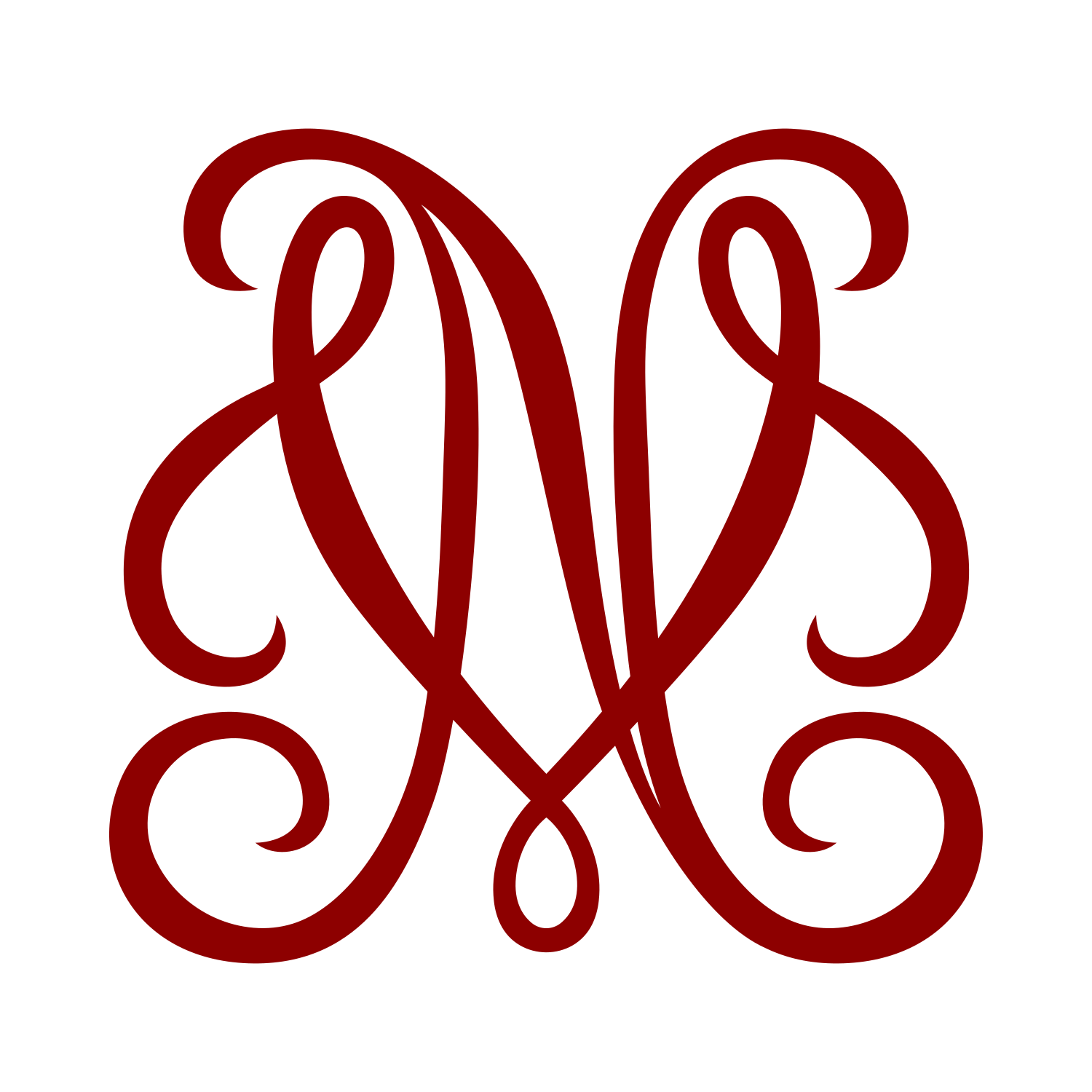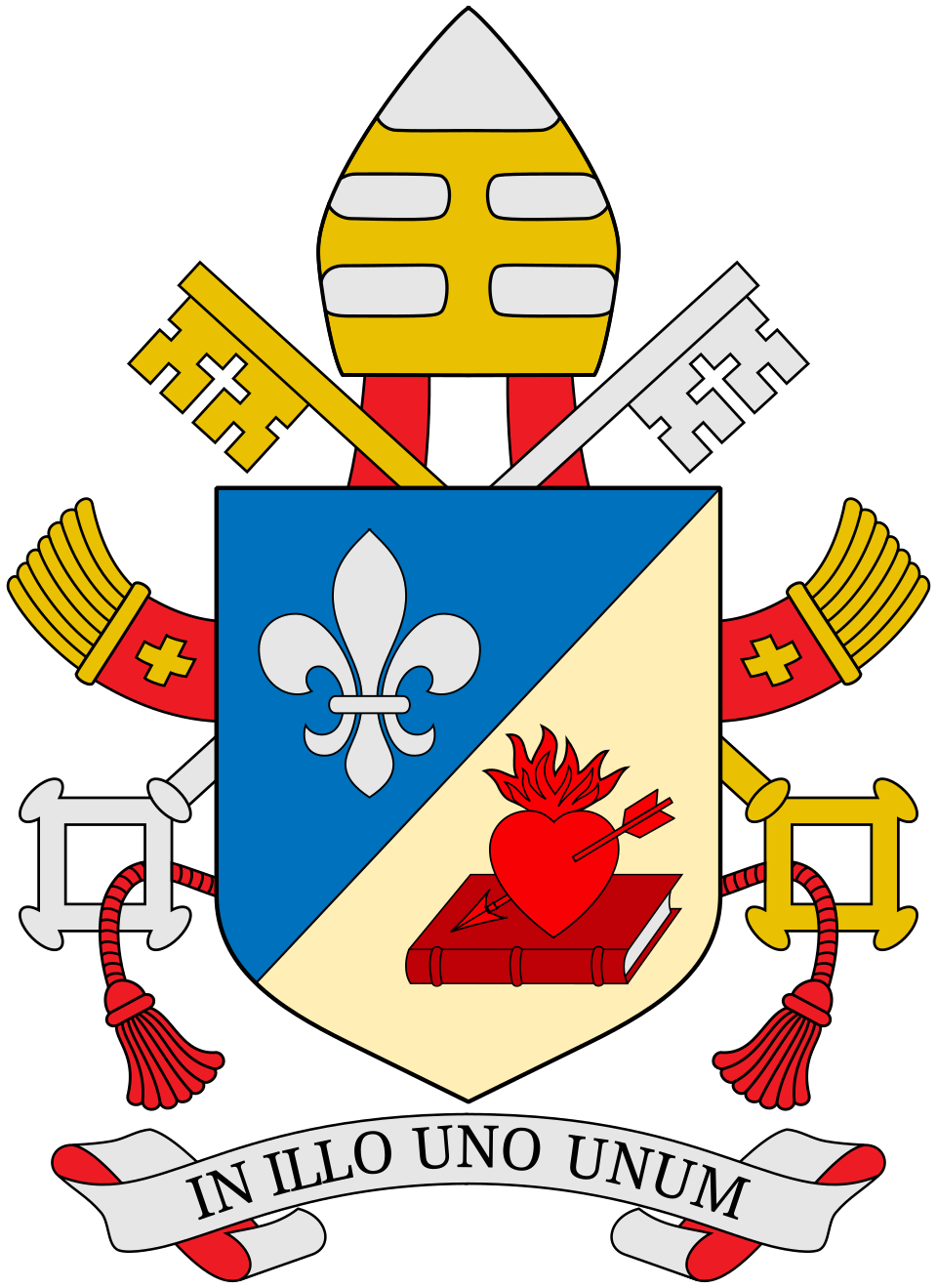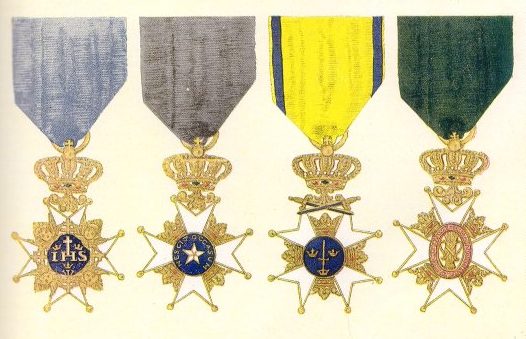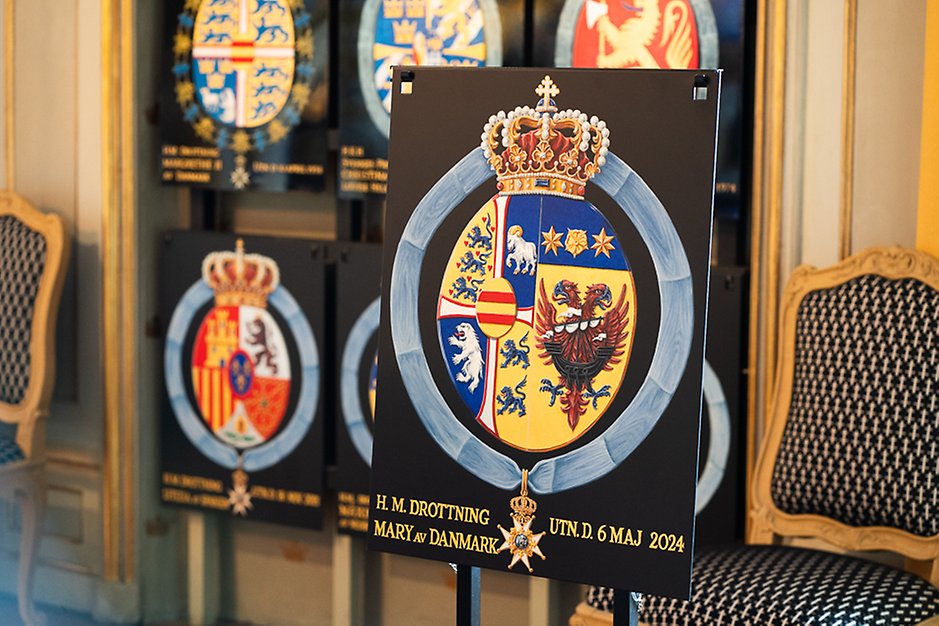Pope Leo XIV has announced his coat of arms and motto. What does it all mean?
Leo XIV, who has been the pope of the since 8 May 2025, has adopted a modified version of the coat of arms that he used during his time as a cardinal.
While the Vatican press office blazoned the arms as “the left field is blue with a silver fleur-de-lis; the right is white, with a flaming heart pieced by an arrow, entirely red, and resting on an uncovered book” a more correct heraldic translation would be “per bend sinister azure and argent, in the first, a fleur-de-lis argent, in the second, a heart enflamed pierced by an arrow bendwise sinister, all gules, upon a book proper”.
Some users online have expressed confusion regarding the tinctures in the design, noting that the official blazon appears to contradict traditional heraldic conventions. In his commentary (in Italian), the official Vatican herald describes the lower section as bianco. In the papal coat of arms, this is described as ivory. In heraldry, silver is considered interchangable with white. Additionally, the image released following Pope Leo’s election further complicates matters: the book is depicted in gules (the tincture with the colour red) rather than proper, the latter traditionally represented as brown, consistent with its depiction in his arms as cardinal.
I think it is also a bit disappointing that we have moved from the papal tiara to a mitre. Although understandable, as Paul VI was the last pope to wear the tiara and be coronated, while John Paul II was the last to feature the tiara on his coat of arms.
The coat of arms’ symbolism has been explained as follows by the Vice President of the Italian Heraldic Genealogical Institute, Antonio Pompili, in the aforementioned press release:
“On the left field of the coat of arms of the Holy Father Leo XIV, the blue background recalls the heights of the heavens and is characterized by its Marian significance, a classic symbol referring to the Blessed Virgin Mary, the lily or fleur-de-lis (flos florum).
In the other field, white in colour, there is the emblem of the Augustinian Order, a flaming heart pieced by an arrow. This image symbolically represents the words of Saint Augustine in the book of Confessions: “Sagittaveras tu cor meum charitate tua” (“You have wounded my heart with your love”). It is an element that has always been present in the emblem of the Augustinians from the sixteenth century onwards, albeit with several variations, such as the presence of the book symbolizing the Word of God capable of transforming the heart of every man, as it was for Augustine. The book also recalls the enlightened works that the Doctor of Grace gave to the Church and humanity. White (in an ivory shade in the papal coat of arms) is a recurrent colour in other coats of arms of religious orders, and can be read as a symbol of holiness and purity.”
The motto of Pope Leo XIV, “In Illo uno unum”, reflects his Augustinian tradition (the pope was previously the leader of the Order of Saint Augustine) and recalls the words of Saint Augustine – “in the one, we are one” – from his Exposition on Psalm 127. I really like this motto.
A list of papal coats of arms can be found on Wikipedia.





